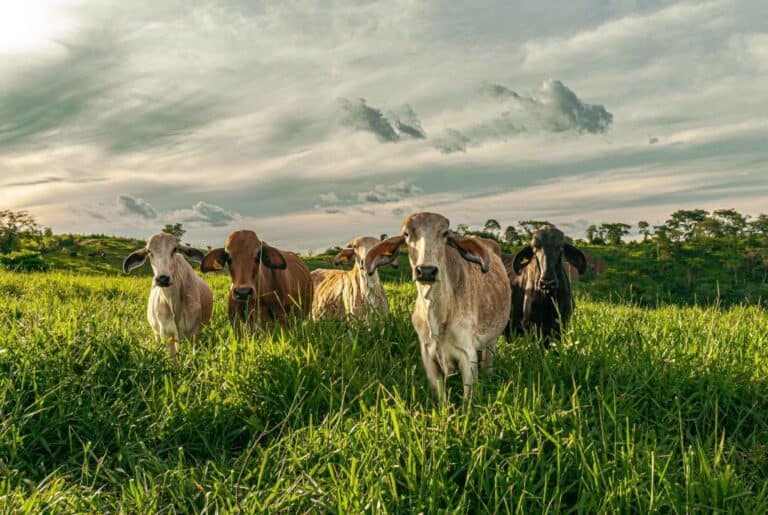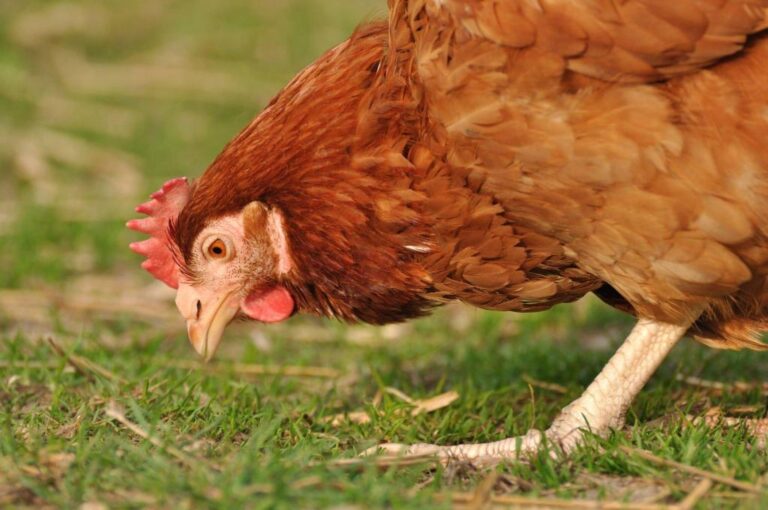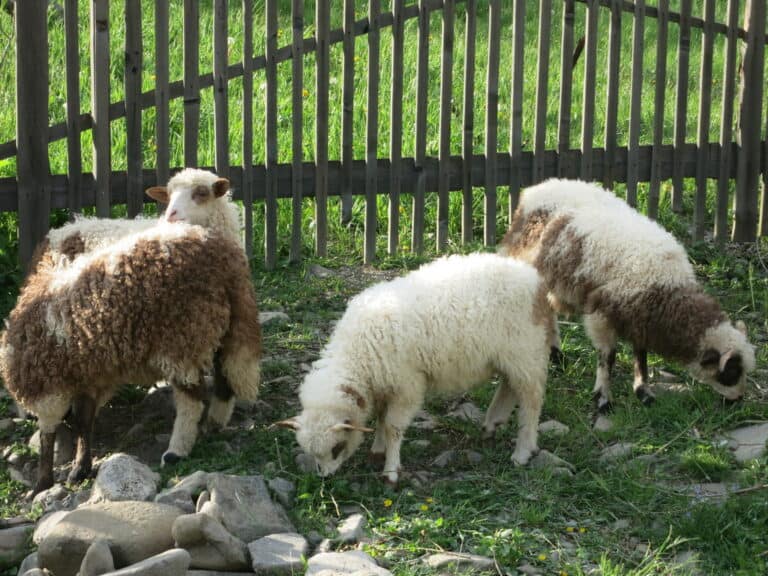Do All Goats Have Horns? (Including Females)
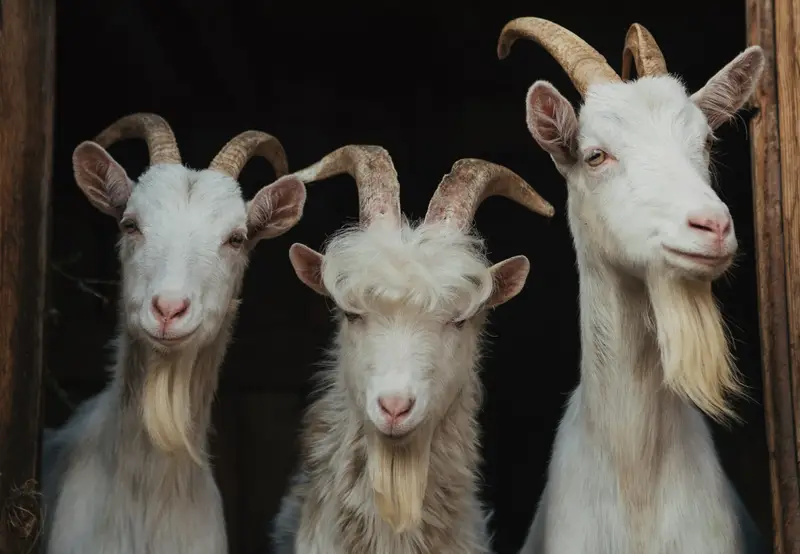
Goats are domesticated animal that is kept by humans around the world. They are used for their milk, meat, and hides. Goats are hardy animals that can live in a variety of climates and conditions. They are also very versatile and can be used for a variety of purposes.
Goats can be found in many shapes and sizes. There are over two hundred breeds of goats in the world in a wide variety of colors and breeds, including the massive Anglo-Nubian and the little Nigerian dwarf.
One common characteristic of goats is that they all have horns. But do all goats have horns, including females?
One of the most common questions asked about goats is, “Do all goats have horns (including females)?” The answer to this question is yes, all goats have horns. However, not all goats have the same type of horns.
Male goats, or bucks, have horns that are large and curved. Female goats, or do, have smaller horns that are usually straight. It all depends on the breed of goat.
Why Do Goats Have Horns?
Goats are popular farm animals, and many people think they know everything about them. However, there are many myths about goats that simply aren’t true. One example is the myth that goats have horns for attack purposes. In reality, goats use their horns for defense, not attack.
Goats are not dangerous to humans. They are typically very friendly and curious, and they do not harm humans.
Goat’s horns are often the subject of myths and legends. Some people believe that goat’s horns can be used to cure a variety of illnesses, while others claim that they have magical powers. In reality, goats horns are just like any other part of the goat’s anatomy, and they have no special properties.
Goats were given horns on purpose by nature. Below are some reasons and intrinsic values why goats have horns.
- Goats use their horns for defense, as weapons against predators. These peaceful creatures utilize their horns to protect themselves from harm. It is also possible for farm goats to be attacked by dogs or coyotes while they are grazing on open land farms.
- Goat horns are especially important for males during the breeding season. It is a symbol and means for dominance and communication. When fighting for females, males will butt heads to establish dominance among other male goats.
- The herd’s pecking order is established by the horns. The bigger and larger their horns determine their dominance, hence the status or hierarchy in the herd. A goat’s horn length can also be used to determine its age.
- Horns enhance the animals’ appearance. It is because of their horns that they can attract mates. Female goats are more attracted to horned males with larger and thicker horns.
- As a communication way. Goats also use their horns to signal to each other when they’re feeling upset or threatened.
- As a tool to cool their body. The horns of a goat can also assist control the animal’s body temperature. The horns of bigger goats, particularly those that live in harsh weather conditions, are an important feature of their body system for regulating their body temperatures.
Do All Goats Have Horns?
Many people think that horns are exclusively found on male goats. As both sexes can grow them, this statement is incorrect. Goats, both males (bucks and billies) and females (does and nannies), are born with horns. The horns might be straight, curved, or straightened.
While all goat breeds are capable of producing horns, not all goats will produce horns at all times. Polled goats are goats that are born without horns.
You may find goats that don’t have horns. If they are born without horns, it’s typically due to a genetic mutation called polled goats. Most of the time because their horns were removed while they were young. Unless something removes their horns, all goats have them.
What Are Polled Hornless Goat (Naturally)?
Some goats don’t have horn buds when they are born. A child’s goat will never grow horns when there are no buttons upon the top of his head. They are called “Polled Goats”, those that are born without horns.
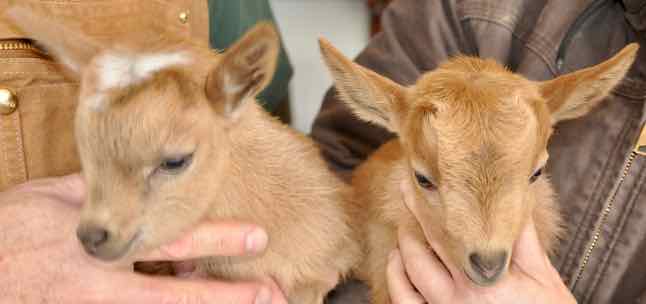
Polled goats, also known as naturally hornless goats, are hornless due to a recessive gene combination. Even if their parents were polled, both parents had the “recessive” gene for hornless offspring, even if their parents were polled at the same time.
Polled goats are not endangered, but they are considered rare. Because they are so rare, there is very little information on them. There are only a few farms that breed polled goats, but they are not very common. The breeds of polled goats that have survived over time have been very successful in the dairy industry.
As far as we know, there are no horn-bearing genes in a polled goat. Polled goats bred together frequently generate “hermaphrodite” offspring. Hermaphrodites are goats that have both male and female parts, but they can’t be bred and can’t have babies.
Male and female goats can be born with the horned gene combination that is required. If you’re concerned about your nannies being “butt heads,” don’t put all your eggs in one basket.
Do Female Goats Have Horns?
It is a common misconception that female goats do not have horns. In fact, both male and female goats have horns.
You may find it challenging to identify a goat’s gender due to the resemblance between male and female goats. Especially when the practise of dehorning goats are become commn. There are even goats that are born without horns, but most goats are born with buds. Buds are little horns that are present on baby goats.
Different Between Male and Female Goat Horns
Goats horns come in different shapes and sizes depending on the breed of goat. Some breeds, like the Nubian, have long, curved horns while other breeds, like the Alpine, have short, straight horns.
Male goats and female goats have different horns. Male goat horns are typically longer, straighter, and thicker than female goat horns. Male goat horns are also more curved inward at the tips than female goat horns.
Male goats (bucks) typically have larger horns than female goats (does). This is because male goats use their horns for fighting with other bucks during the breeding season. Female goats don’t need large horns for fighting, so their horns are usually smaller.
This difference is due to the different hormones that male and female goats produce. Male goats produce testosterone, which causes their horns to grow larger and curve inward. Female goats produce estrogen, which causes their horns to be shorter and less curved.
In some cases, male goats can have small horns or no horns at all. This is called being polled. Most dairy breeds of goats are polled, meaning that they don’t have any horns.
Final Thought
In conclusion, all goats do have horns, including females. While the horns may be less prominent in females, they are still there. There are also “Polled Goats”, those that are born without horns due to genetic mutations. But they are a rare breed.
Goats use their horns for defense, as well as for dominance and mating rituals. If you are thinking of getting a goat, it is important to be aware of these things, so you can provide the best care for your goats.
So, the answer to the question “Do all goats have horns?” is yes…and no.


